Why is Modi’s trip to Russia significant?
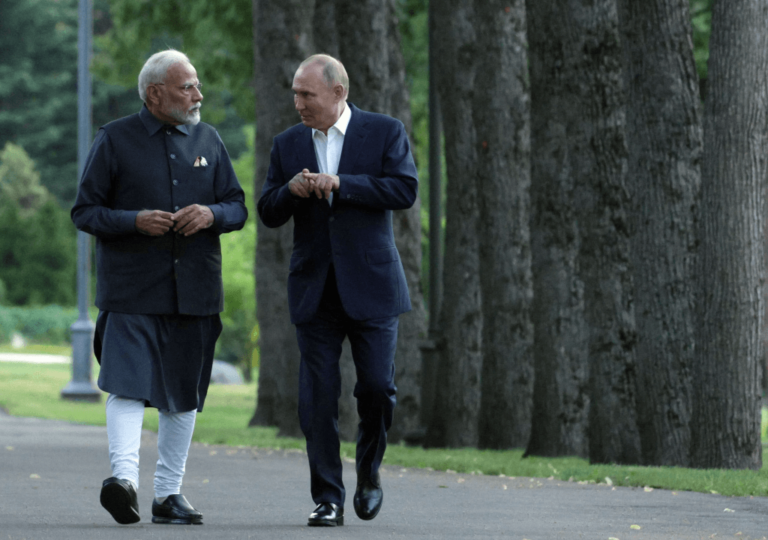
PM Modi's visit to Russia cements India's balanced ties amid West-Russia tensions

PM Modi's visit to Russia cements India's balanced ties amid West-Russia tensions
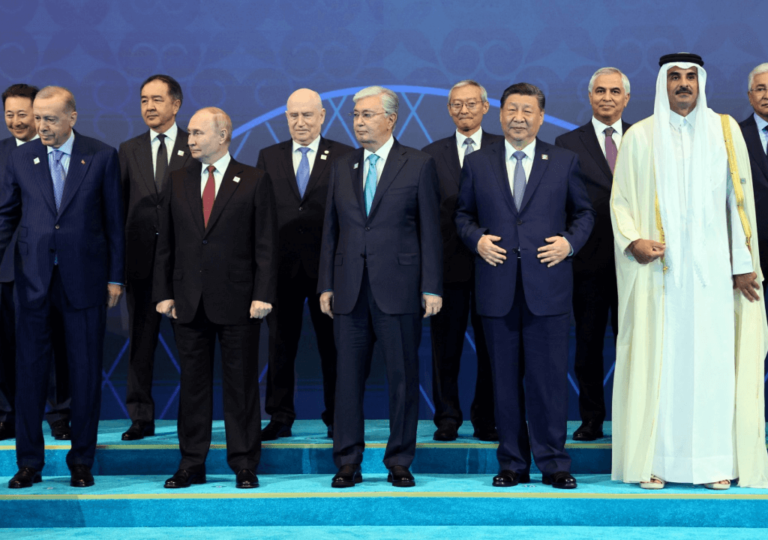
SCO summit tests China-Russia partnership amid bipolarization in Asia

Vietnam's policy of non-alignment causes confusion, especially after recent receptions of Putin and ongoing Russia ties

The proposed hostage deal with Hamas, which Israel hopes will end the conflict, faces opposition from far-right allies of Prime Minister Benjamin Netanyahu.
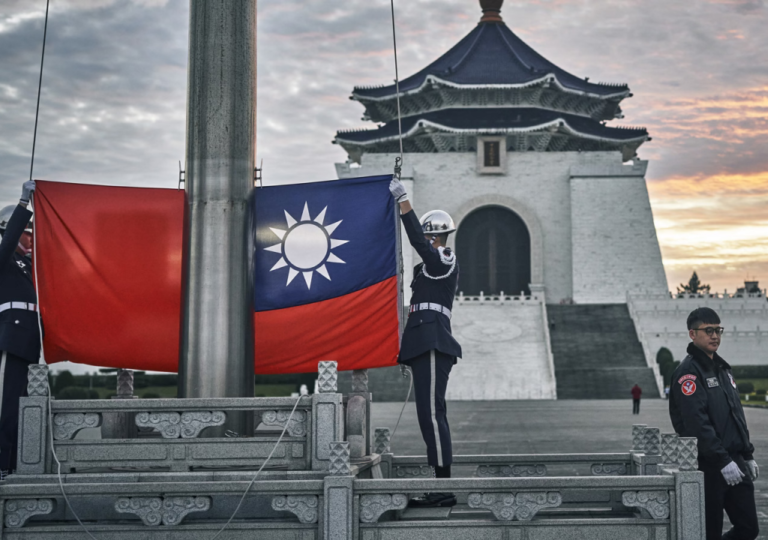
Taiwan's opposition-controlled parliament has passed a controversial reform bill amid intense protests, raising concerns about the country's democratic system.
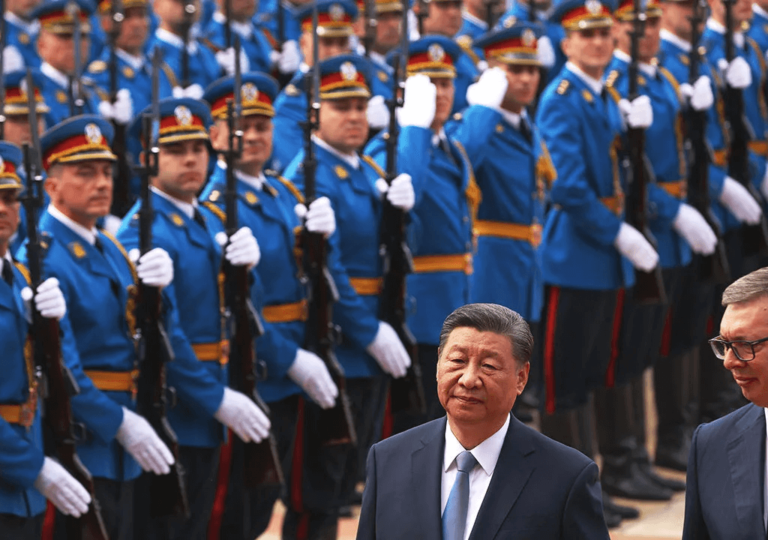
Hungary, a Trojan horse to Europe, maintains warm ties with Russia and China, signing deals to strengthen economic collaboration, raising concerns in the EU.
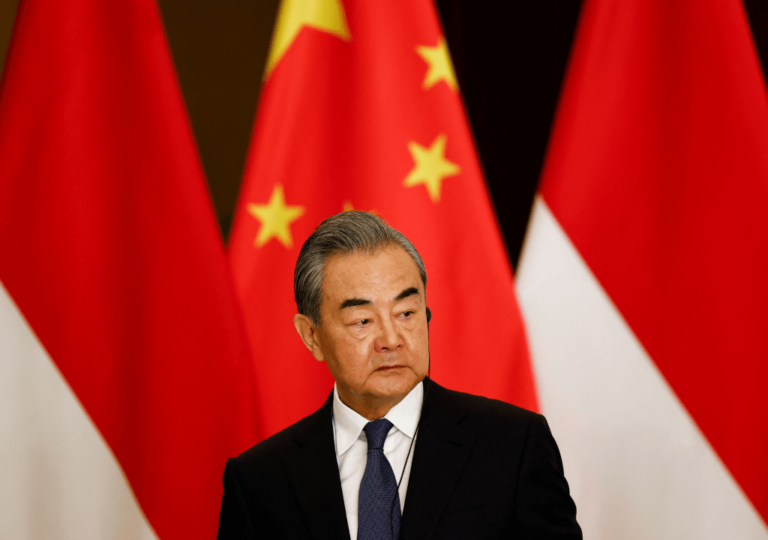
China emerges as a significant player in mediating the Israel-Palestine conflict, aiming to reconcile Palestinian factions and establish a recognized Palestinian state.
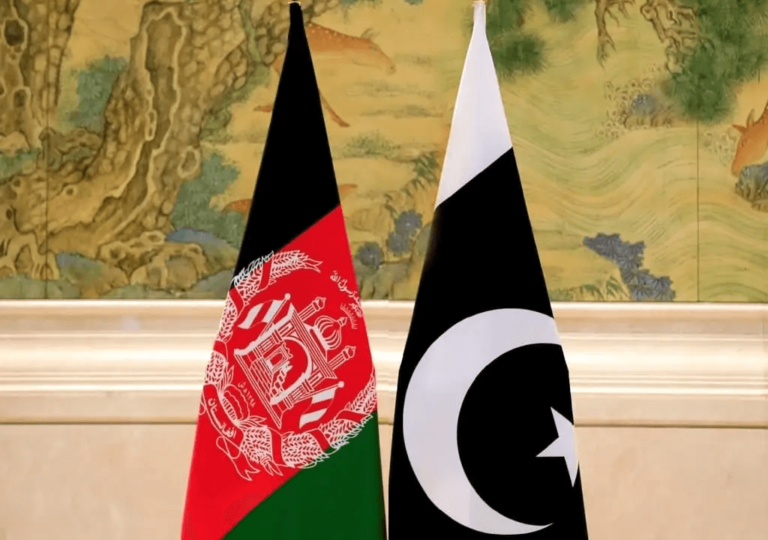
Pakistan faces existential crisis due to poor governance, separatism, and terrorism, with strained ties with neighbors like India and Afghanistan over border disputes and refugee issues.

President Biden's controversial comments on immigration policies of Asian countries, Japan, China, Russia, and India have stirred reactions, especially from Japan, a key ally.

Israel's continued construction of settlements in the West Bank and East Jerusalem, threatening the prospects for a Palestinian state and violating international law. Israel also plans to control Gaza, diminishing Palestine's scope.